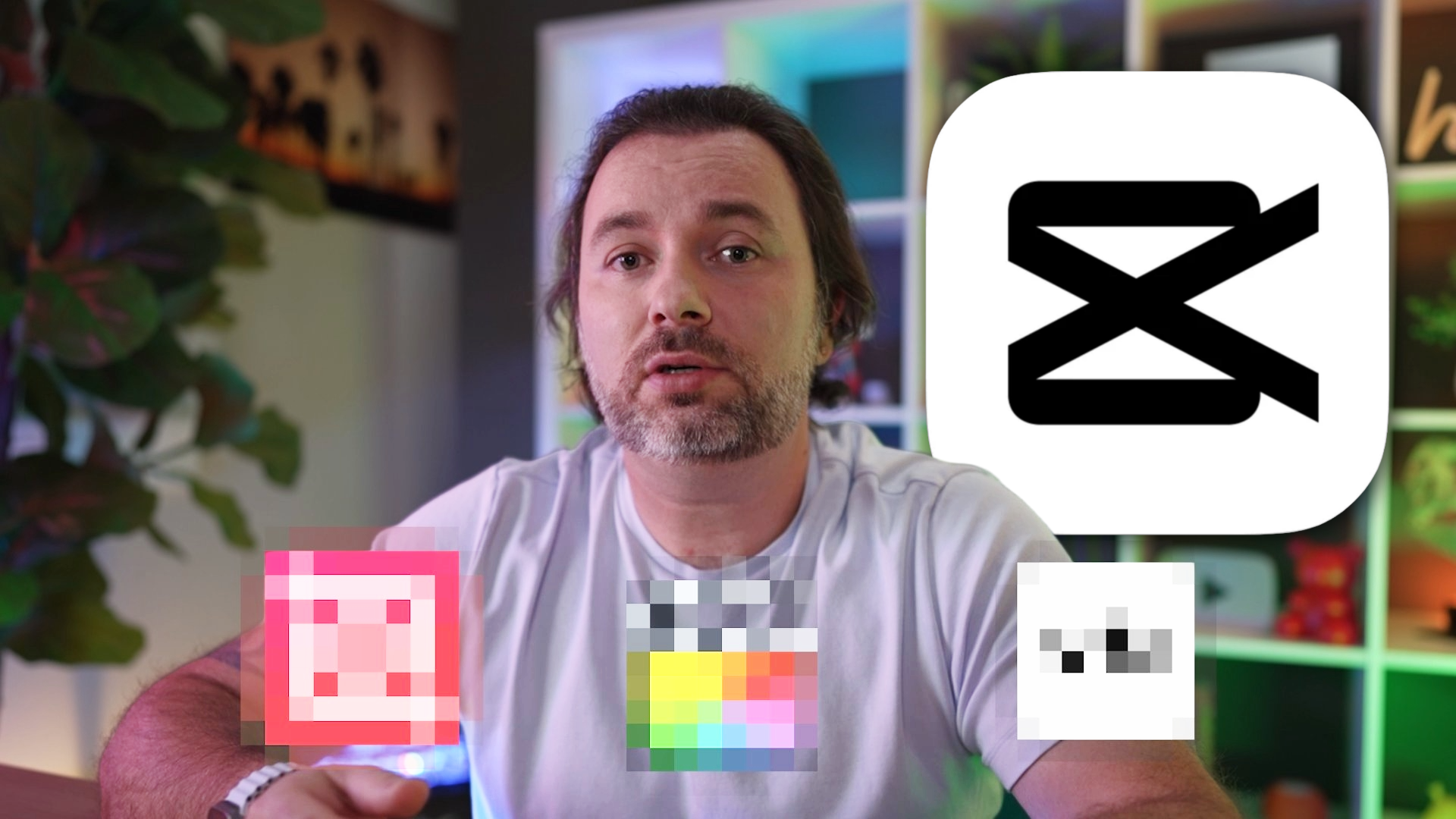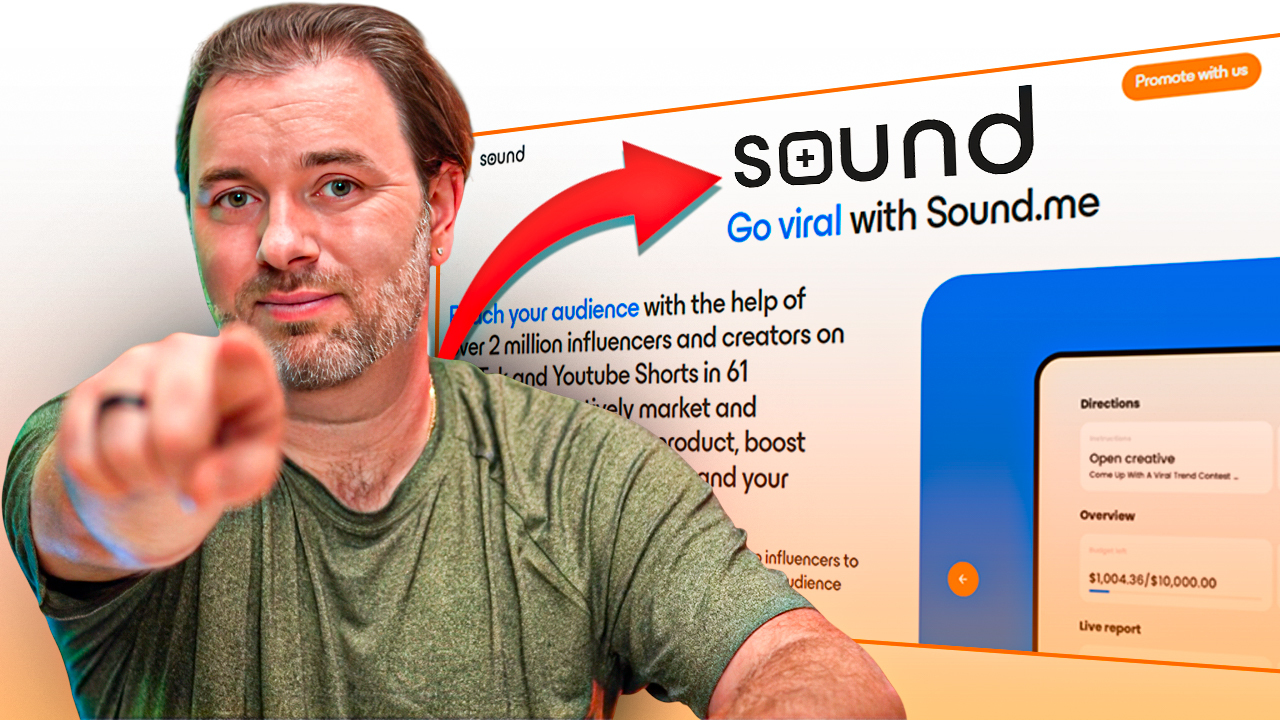From Background to Spotlight: Using Music as a Storytelling Tool
Creative ways to turn sounds into narrative and comedy hooks on TikTok, Reels, and Shorts.
Short-form videos don’t give you time to warm up. In the first seconds, viewers decide whether to stay or swipe. Music can carry that decision for you—if you use it as a story device, not just background noise. Below are practical ways to make music do narrative and comedic heavy lifting, backed by recent research and platform updates from the last 18 months.
Why music belongs in the foreground (2024–2025 reality)
- Music moments drive action. Recent reporting from the TikTok × Luminate Music Impact work (2025) shows short-form music moments are strongly linked to “Add to Music App” saves, connecting clips to actual listening behavior.
- Platforms are leaning into beat-accurate edits. YouTube has rolled out Shorts editing upgrades with improved timeline control and auto music-to-video sync, making it easier to hit reveals exactly on the beat—because timing wins attention.
Story principles, simplified
- Repetition makes moments memorable. Short, loop-ready motifs are easier to recognize on replay—perfect for short-form loops.
- Mood guides meaning; tempo sets pace. Use brighter harmony/feel for upbeat reveals, and slower or moodier cues for reflective or suspense moments.
- Fit matters for memory. Studies in advertising show music improves recall when the track’s emotion matches the message. If mismatch isn’t the joke, it can blunt the point.
Narrative patterns that music can power
1) The “Set-Up → Payoff” beat
How it works: Establish a simple pattern, then flip it at a precise musical moment (drop, cadence, lyric twist).
Why it works: Viewers love predicting what’s next and getting a small surprise.
- Let your hook play once so viewers “learn” it.
- Land the reveal on a downbeat (or the start of a new 4- or 8-beat phrase).
- Use beat-sync or timeline tools to lock cuts to the barline.
Comedy variant: Tease a serious montage over soft strings, then smash-cut to an absurd moment on the first kick of a harder track. The contrast is the punchline.
2) The “Motif as Character” trick
How it works: Assign a tiny musical idea (two notes, a clap, a chant) to a person, product, or running gag.
Why it works: Repetition builds recognition; when the motif returns, viewers anticipate what it “means.”
- Keep the motif short (2–4 beats) and distinctive.
- Bring it back whenever the “character” appears—entrances, cutaways, reaction shots.
- End near the motif’s start so the video loops seamlessly for extra replays.
3) The “Lyric as Caption” device
How it works: Pick one lyric that says the caption for you.
Why it works: It reduces reading load and creates an audio-visual “double hit,” which helps recall.
- Trim to the exact lyric moment; put the visual twist on the same beat the word lands.
- Keep on-screen text minimal—let the song carry the line.
- For jokes, delay the lyric by one bar so viewers lean in, then spring it.
4) The “Earworm Economy” (hooks that travel)
How it works: Use shapes that lodge in memory: stepwise melody with one quirky jump, crisp consonants, and a medium-fast feel.
Why it works: Recent reviews on earworms highlight how short, distinctive hooks get stuck—and spread as templates others want to use.
- Aim roughly in the 100–140 BPM range for energy and editability.
- Use chant-able syllables (“da-da-da,” “hey!”) that cut through phone speakers.
- Build one variant that changes only one element (pitch or rhythm) so creators can riff without losing the signature.
5) The “Mood Map” for story beats
How it works: Let the overall feel choose the emotion (bright/major for uplift, minor/warmer for reflection) and let tempo set pace (fast for momentum, slow for tension or intimacy).
- For heartfelt reveals, try slower tempo with warm chords; for transformations and unboxings, go brighter/faster.
- If you need viewers to track information quickly, keep a steady pulse so edits and gestures hit consistently.
Comedy blueprints powered by sound
- Misheard Setup → Real Lyric Payoff: Whisper a fake premise, then cut to the actual lyric that contradicts it right on the beat. Precision = laugh.
- Silence Gag → Musical Button: Hold a beat of silence to charge attention, then punctuate with a single drum hit or sting to land the punchline. If the sting matches the gag’s tone, recall improves; deliberate contrast can be the joke.
- Escalating Chorus: Repeat the same chorus three times while your visual gets more ridiculous each round. Repetition builds anticipation; the chorus does the narrative lifting.
60-second timing template (copy/paste)
- 0–2s (Hook): Start on the beat. Show a bold visual or line of dialogue at the first downbeat. Beat-sync tools help nail this.
- 2–8s (Teach the Pattern): Let your motif/lyric loop; keep text sparse and rhythmic.
- 8–12s (Twist): Change harmony/texture or drop the beat right when the story flips.
- 12–25s (Escalate): Small variations every 4–8 beats to avoid fatigue while reinforcing the motif.
- 25–45s (Secondary Beat): Introduce a B-section or a call-and-response line to freshen the loop.
- 45–60s (Loop Clean): Land back at the opening bar so replay feels seamless (more watch time and shares).
- Cut to the moment, not the track: Export a clean 8–15 second segment that starts strong and has a natural return point.
- Write for the phone: Favor midrange and percussive hits—consonants and claps read best on small speakers.
- Test mood, not just tempo: Make two edits—same tempo, different chords—and see which earns more completions and saves.
- Mind the loop: Trim tails/reverbs so the last frame snaps into the first beat on replay.
What the platforms are signaling next
- Shorts is prioritizing tighter sync: As editor upgrades roll out, expect more creators to land reveals exactly on beats—raising the bar for timing.
- Music → streaming keeps tightening: The save-to-stream bridge means the right clip can become a listening session. That turns a good hook into a habit: view → save → listen.
- Trend reports are cheat sheets: YouTube’s Culture & Trends yearly roundups spotlight the kinds of hooks (chant, drop, nostalgia) audiences replay most.
Quick checklist before you post
- First beat hits in the first second
- Clear motif viewers can recognize on loop
- Twist lands on a musical moment (drop/downbeat)
- Mood of the track fits your story or joke
- Clip ends where it began so the loop feels seamless
Sources
- TikTok × Luminate — Music Impact Report and related 2025 updates on saves and streaming linkage.
- YouTube — Shorts editor and music-sync/timeline improvements announced in 2025.
- Frontiers & related journals (2024–2025) — Music-emotion findings on mood fit and behavior.
- JAMA & peer reviews (2024) — Overviews on earworms / involuntary musical imagery.
- Advertising/marketing studies (2024–2025) — Music–message congruity improving recall and recognition.
- YouTube Culture & Trends (2024/2025) — Annual reports on formats and musical hooks audiences replay.



.png)






.jpg)
%20copy.jpg)
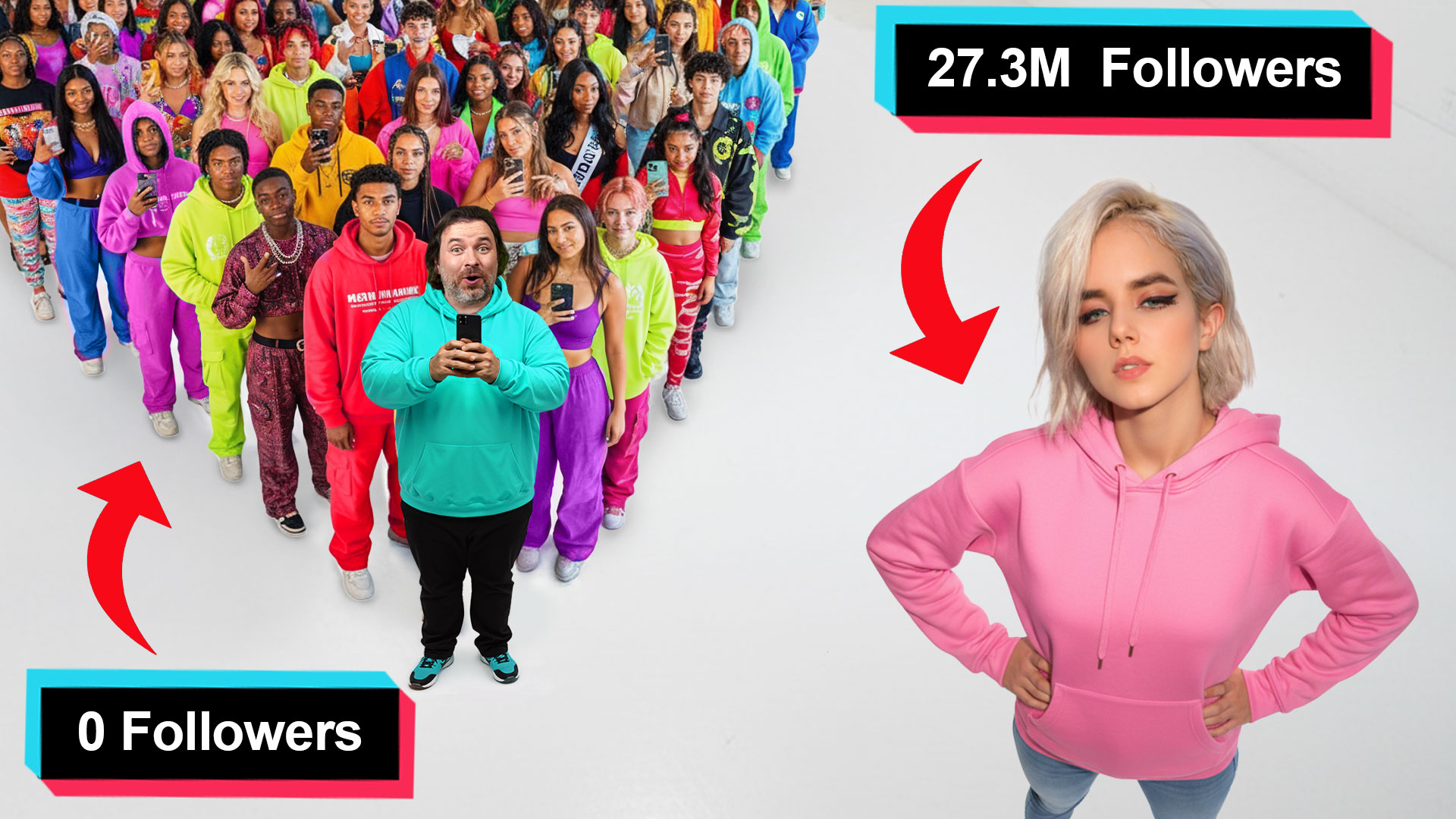
.jpg)
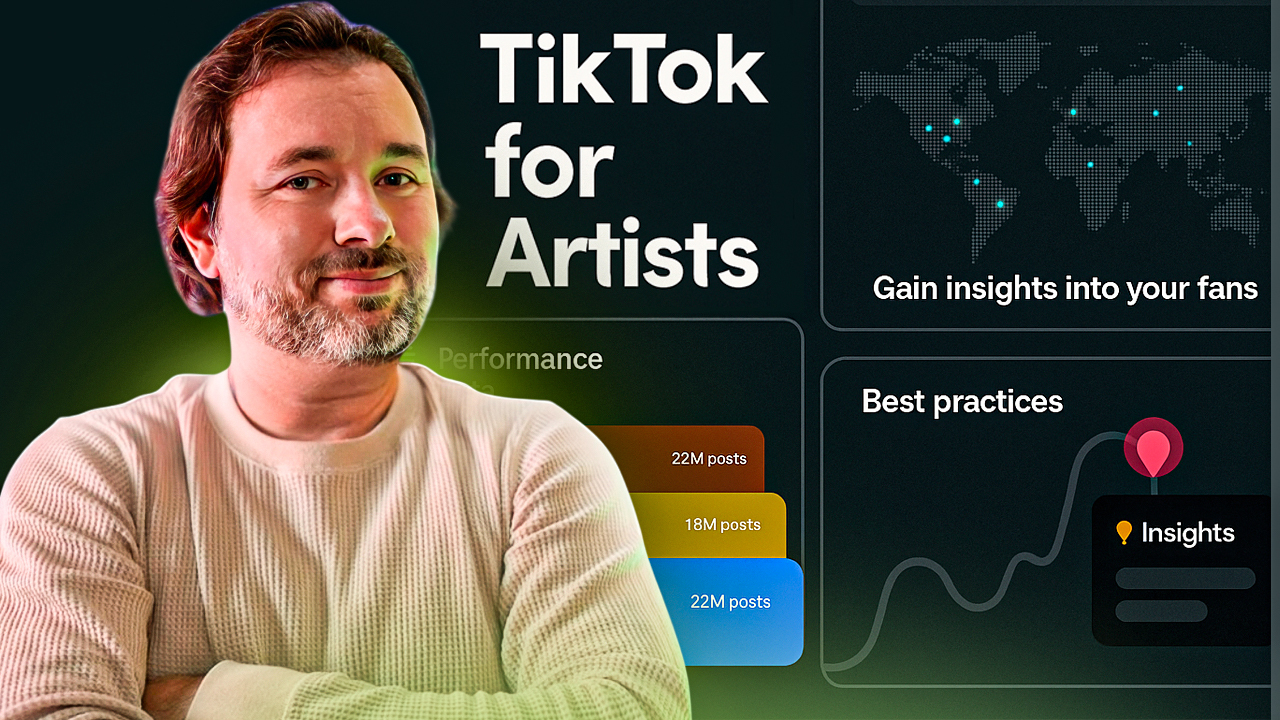
%20copy.jpg)
%20copy.jpg)



.png)
.png)
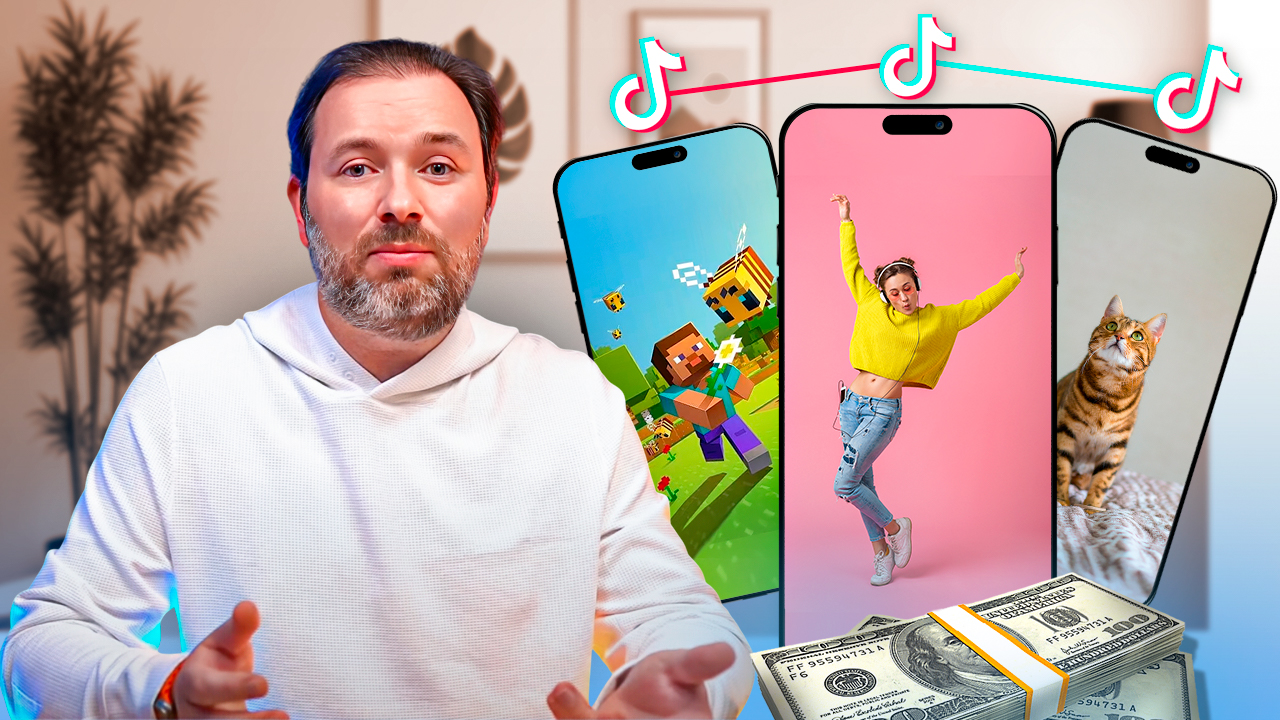
.png)
.jpg)
.jpg)
.png)
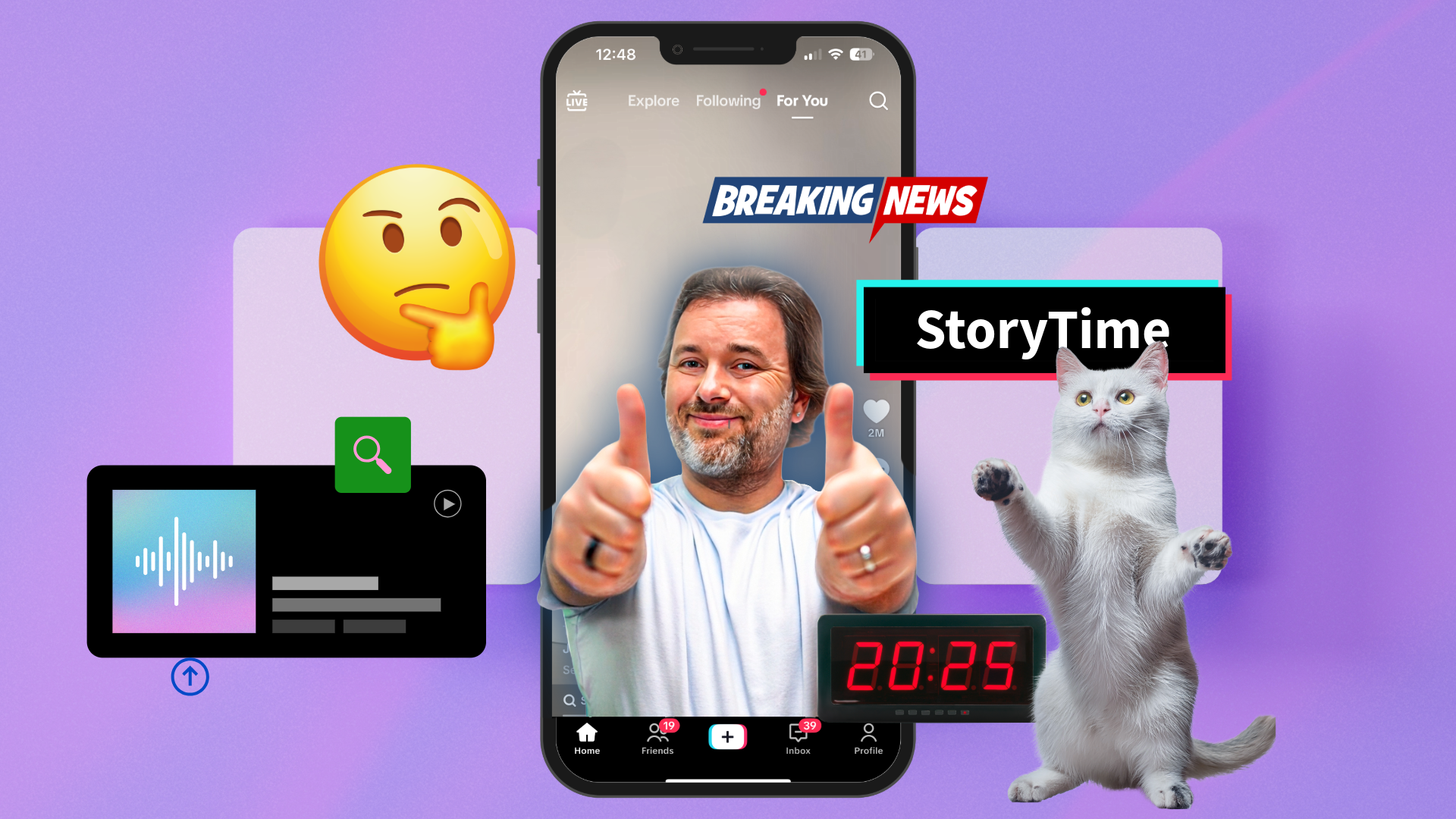
.png)
.png)

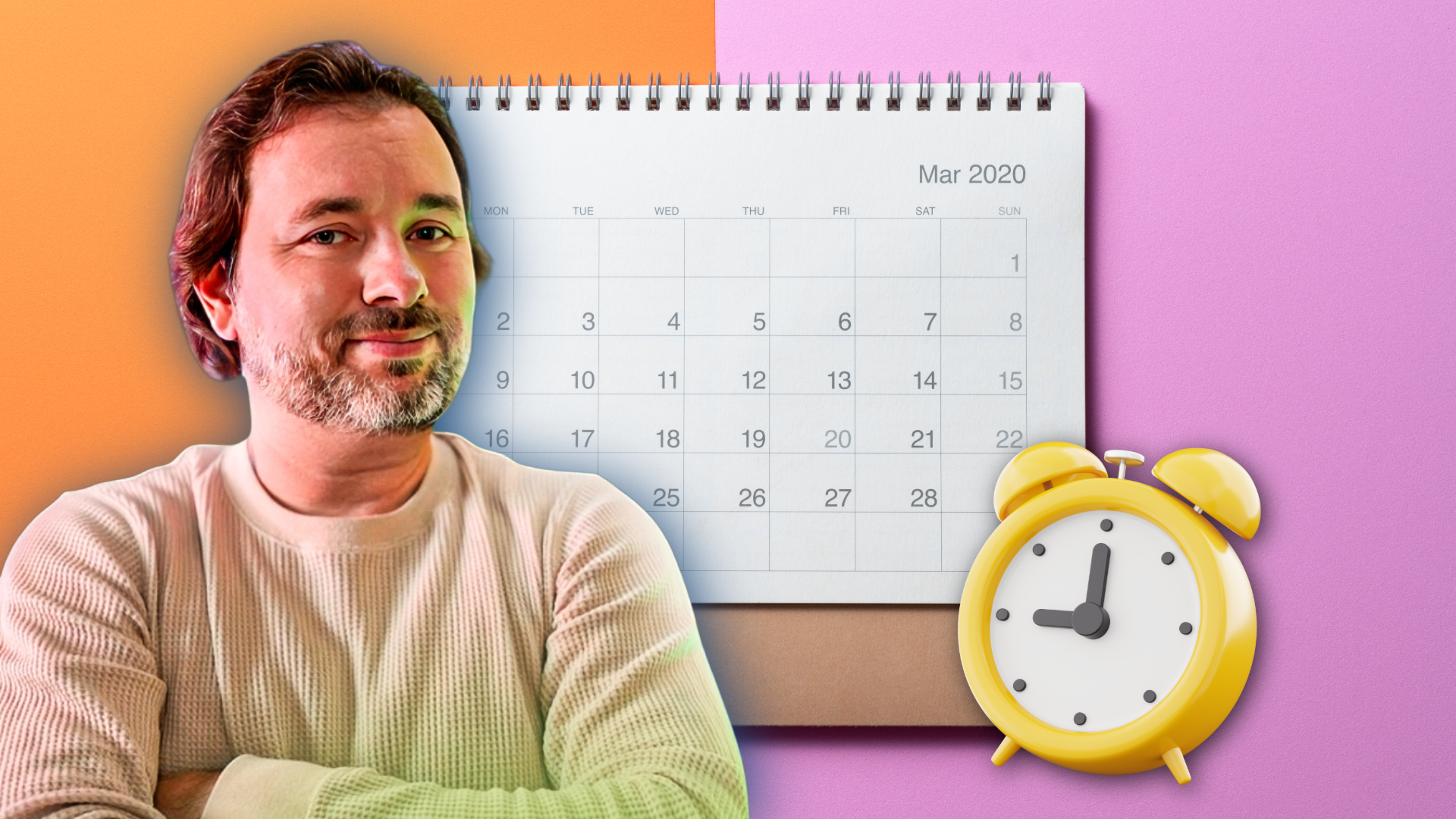
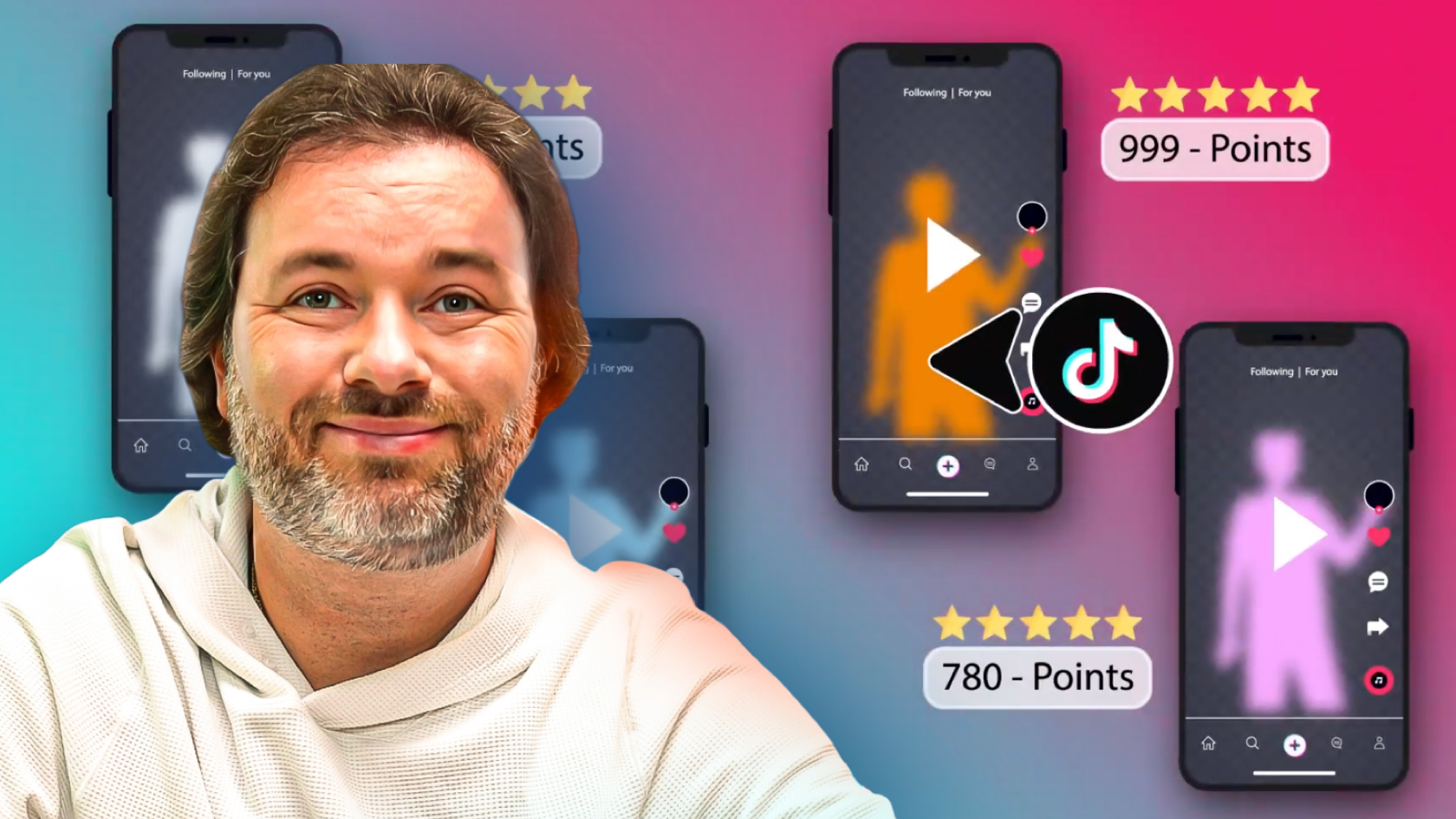
.png)
.png)
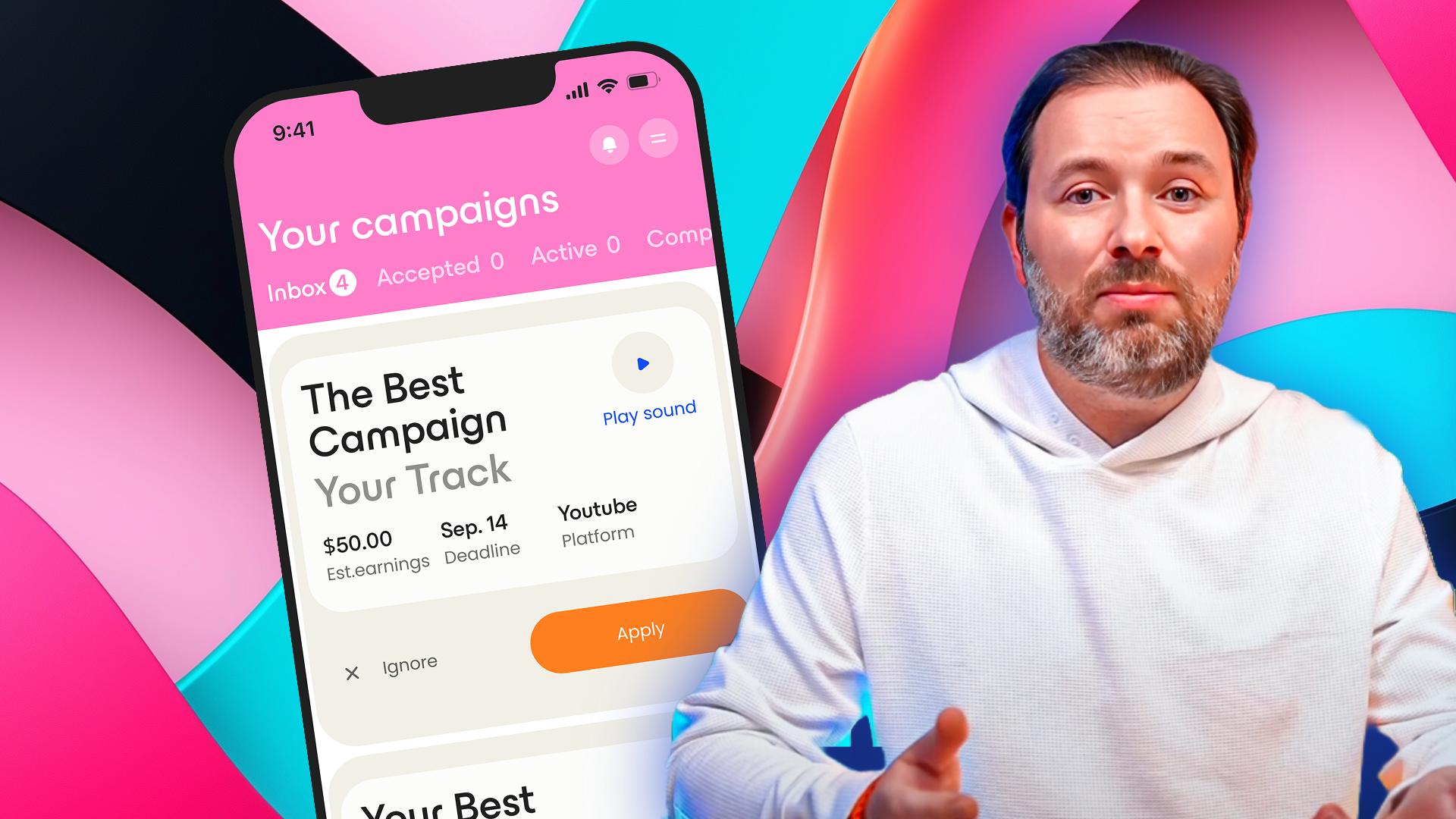
.png)
